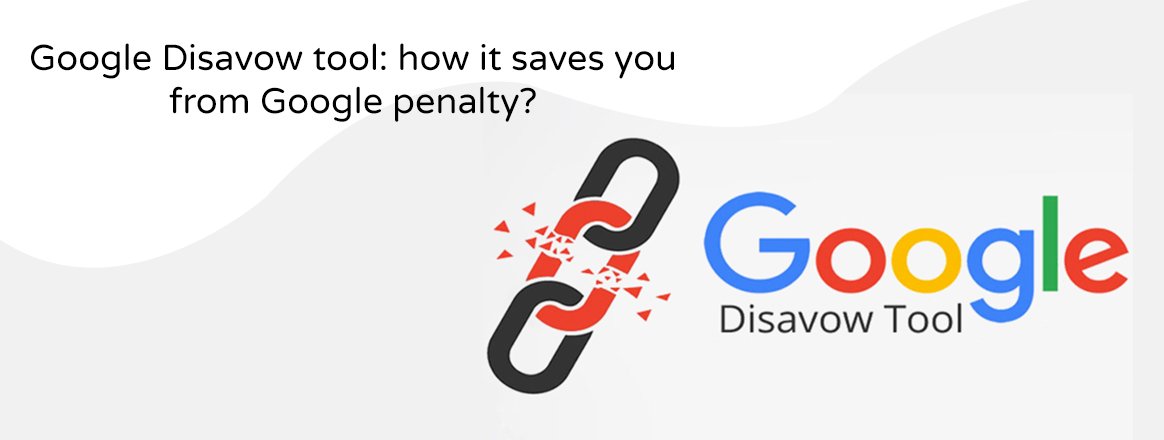Penalties are every webmaster’s worst nightmare. One day you are at the top, enjoying an ultra-competitive position. The next day you have completely disappeared from the search results. Link building can be an important part of your SEO strategy, but not all websites that link to your site are beneficial. Google may penalize websites associated with low-quality or suspicious sites. Now, what happens if our website has links that we have not generated and that seem artificial?
How does Google disavow tool work?
Google’s Disavowal Tool is nothing more than a direct communication channel with Google that allows us to indicate certain links that should not be considered by Google when assessing the quality of our website. These are toxic links that point to our website but that we are not able to remove. Thus, all we have to do is generate a text file in which the URLs or domains from which we want to be ignored as inbound links to our website are collected and send it to Google through the tool. When it comes to disavowing inbound links with the Disavow Tool, the following steps should be followed –
- Conduct a link audit to identify potentially toxic links,
- Review these links one by one to determine which we can remove ourselves and which we cannot,
- Eliminate the toxic links, to which we have access,
- Request the removal of toxic links whenever possible and document each of these request,
- Make a text file with the URLs and domains that we want to disavow,
- It is advisable to include comments that include the documentation collected on these links,
- Submit the disavowal document through the Disavow Tool form.
Links audit
This should always be a necessary and essential first step – an inbound link audit to the website. The link audit must always be carried out in 3 phases: collection of links, classification and evaluation. But in the end, this list obtained should always be analyzed manually, one by one.
Link removal
We already know the links that can cause us a penalty problem. Now it’s about starting to eliminate them. But before asking Google not to take them into account, you will have to identify those that you created yourself or to which you have access to be able to delete them or edit them and add the “no follow” tag.
Link removal request
But the normal thing is that most of these links that Google can consider spam have nothing to do with us. In those cases you will have to try to contact the webmaster and ask him to please remove the link. Remember to document these actions in your listing with comments.
Send the file to Google
We will make this file according to Google guidelines and in it we will include both the comments of the actions that we have carried out to try to eliminate the link and the URLs or domains that we want not to have considered. The file must be a text file. We simply go to the Disavow Tool website in Search Console, choose the property we want to work on and upload the file. According to Google, using this tool the wrong way can have a negative effect on your rankings.


Recent Comments